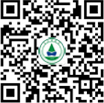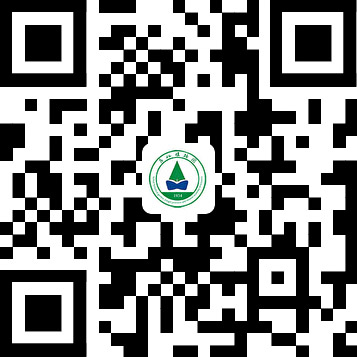The plant stem-cell niche and pluripotency: 15 years of an epigenetic perspective
| 論文作者 | Ralf Müller-Xing* and Qian Xing |
| 刊物 | Frontiers in Plant Science |
| 標識符 | 10.3389/fpls.2022.1018559 |
| 摘要 | Pluripotent stem-cells are slowly dividing cells giving rise to daughter cells that can either differentiate to new tissues and organs, or remain stem-cells. In plants, stem-cells are located in specific niches of the shoot and root apical meristems (SAMs and RAMs). After ablation of stem-cell niches, pluripotent meristematic cells can establish new stem-cells, whereas the removal of the whole meristem destructs the regeneration process. In tissue cultures, after detached plant organs are transferred to rooting or callus induction medium (G5 or CIM), vasculature-associated pluripotent cells (VPCs) immediately start proliferation to form adventitious roots or callus, respectively, while other cell types of the organ explants basically play no part in the process. Hence, in contrast to the widely-held assumption that all plant cells have the ability to reproduce a complete organism, only few cell types are pluripotent in practice, raising the question how pluripotent stem-cells differ from differentiated cells.It is now clear that, in addition to gene regulatory networks of pluripotency factors and phytohormone signaling, epigenetics play a crucial role in initiation,maintenance and determination of plant stem-cells. Although, more and more epigenetic regulators have been shown to control plant stem-cell fate, only a few studies demonstrate how they are recruited and how they change the chromatin structure and transcriptional regulation of pluripotency factors.Here, we highlight recent breakthroughs but also revisited classical studies of epigenetic regulation and chromatin dynamics of plant stem-cells and their pluripotent precursor-cells, and point out open questions and future directions. |
![]() The plant stem-cell niche and pluripotency 15 years of an epigenetic perspective.pdf
The plant stem-cell niche and pluripotency 15 years of an epigenetic perspective.pdf




